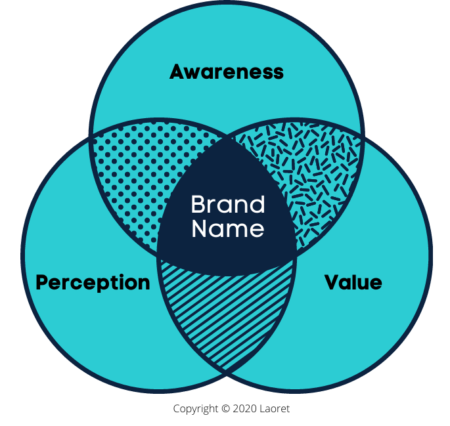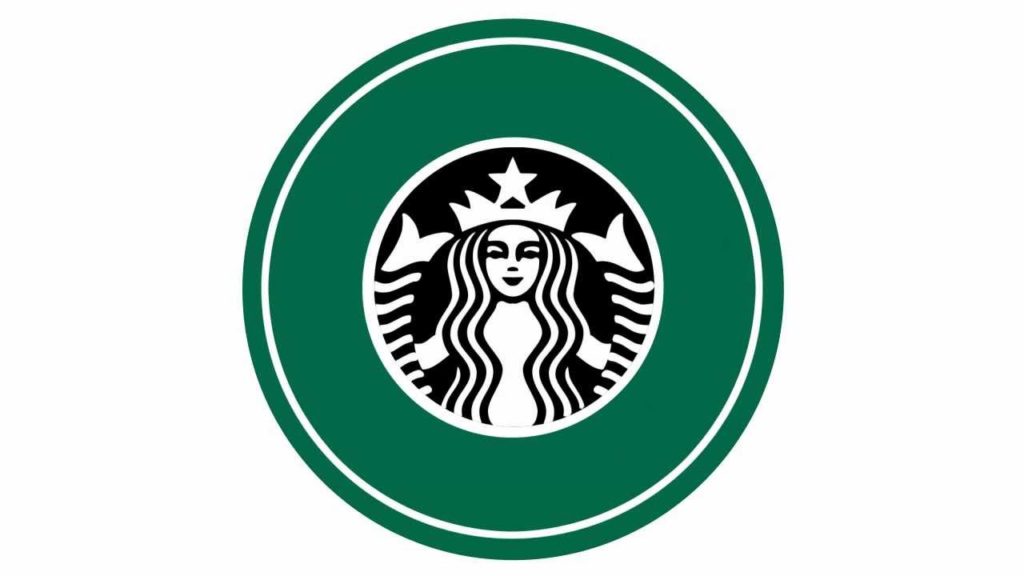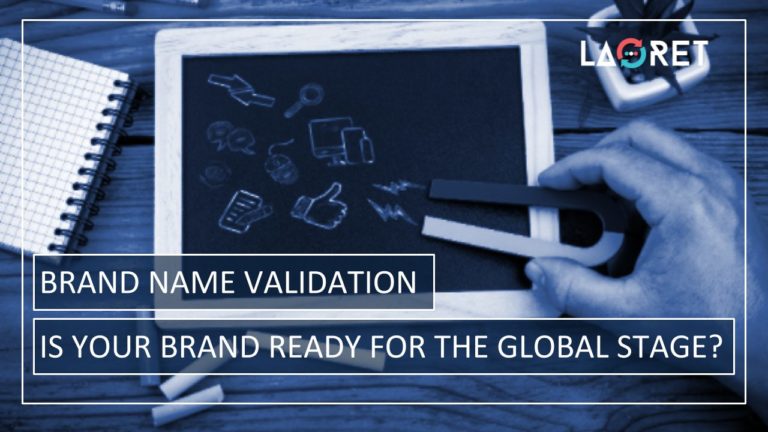Brand Name Validation: Is Your Brand Ready For The Global Stage?
Brand names and their design are the first things your audience sees. So, you want to be sure they are seeing what you want them to see. Even if you think your brand name is neutral enough to be exported to various markets, you might be surprised at how many details are involved in making sure your brand name will pass the critical, local eye of your potential new clients.
In this blog, we want to give you a clear idea of how brand name validation works, which factors you should take into account, and why, even when you are confident in your brand name, validation is a crucial step prior to any international release.
The Value Of An Effective Brand Name
An effective brand name is the first step in turning a casual observer into a client. Or, worst-case scenario, it can turn people off your brand forever. A brand name is like a carefully crafted ambassador of your brand. It should act as a personality rather than just a word. It should create product awareness in your clients, communicate an inherent product value, and speak from a local perception.

But however much good a brand name can do, it can also create the exact opposite effect. If you have a brand name that lacks vim and vision, customers are likely to be indifferent towards you from the start. Remember, you are trying to stand out within a highly competitive economy. And if you neglect to validate your brand name before releasing it into a new market, then you run the risk of alienating what could have been a valuable client-base. And even big brands can still fall into this trap.
Take Toyota as an example. World-leader car company, but not the biggest hit in Puerto Rico. When they released their Toyota Fiera model, they failed to validate their brand name and introduced a car described as “ugly old woman†to the Puerto Rican market.
Toyota is a giant in its field, so they can absorb a one-time blunder if they learn from it. But your brand might not!
Slogans: Does Your Brand Name Need Them?
“Anything can be happy.â€
“Sparrow’s nest coffee.â€
“Better than a thousand tastes.â€
What are these? Jokes? Poems? Book titles? Actually, they are Chinese slogans translated for Pepsi, Nestle, and Subway. And I am sure none of these will make you want to sit down for a meal or a coffee with them, no matter how big they are.
A brand name doesn’t always need a slogan. In fact, we recommend that you only add a slogan to your brand if it actually services a clear purpose and supports the brand name in communicating the message you want to convey.
If you have a slogan, keep in mind that it will not be validated through the same procedure as a brand name. They would need to be subjected to localization and transcreation, where the power of your message is perfectly adapted to the local preferences.
Pro Tip! Need to know more about slogan localization? We won’t expand further on it here, but go ahead and read our blog on Transcreation and how it is best managed! We have included a Creative Brief with everything you should consider sharing with your LSP in order to get the best possible results in the shortest possible Turnaround Time.
How Suitable Is Your Brand Name? This Is How We Confirm It
The Brand Name Validation Process
The task of validating a brand name could be multifaceted, but at its core, there is one single goal: make sure you have the best and most appropriate brand name to take to your new audience. This involves a process of validation by native, in-country experts with specialized experience in your industry. The steps included in the brand name validation process are the following:
- Clients will need confirmation that their brand name will not offend in any region or country, taking cultural and religious sensitivities in mind. This is especially important if the name is made up!
- Can the name be pronounced in your target locale?
- Negative connotations will be pointed out and other suggestions can be made.
- Similarities between your brand name and competitors will need to be taken into account.
- The name will need to communicate the same values and emotions in the target language as they do in the source language.
- It is confirmed whether the brand name has any phonetic twins in the target language and if this would lead to confusion and unrelated associations in the target audience.
- Some established brands have names that work in every country, so perhaps you do not need a translation. Qualified LSP’s will be straightforward and honest about this.
This process is applied to each market and every language that has been requested. The resulting data is then analyzed and presented to the client so they will receive a well-informed idea about any roadblocks their brand name might present in this specific market.
Don’t Forget About Design Validation!
Here is a little test. Which brand is this?

You will very likely have recognized this brand as Starbucks even without the name. That is because we have become so familiar with its colors and logo, that we don’t even see the name itself anymore.
People often notice balance in colors and logo design more than they do the actual name (unless this name doesn’t fit into the context and country at all, of course!). So, while the validity of your brand name is crucial, the design itself might also need rebranding depending on the region so that effective and positive associations can be made with your brand.
In this, Desktop Publishing (DTP) Experts are an invaluable asset. DTP-Experts concern themselves with the presentation and formatting of your visual features. While highly trained in respecting the detail and visual potency of a product, DTP-Professionals also know how to address cultural variances that will uphold the visual integrity of your brand logo in the global market. This includes:
- Paying attention to which colors work best in which region.
- Validation if the logo has any other associations in your target region.
- Could the logo conjure any negative connotations?
- Are there images used in your logo? Then the DTP-Team will make sure that these images will evoke the right emotions and actions from your target audience.
- Selecting the right font for the right language is another unexpected step. There is no universal font that looks good in all languages. It is important to consider diacritical marks, style, height, but also local preferences when determining which font type would suit which language.
- DTP-Experts can also offer recommendations for best practices on the impact of your graphical layout in the context of country-specific standards.
Conclusion
Adding brand name validation to your global strategies will vastly increase your chances of connecting with your audience. Keep in mind it is not only about confirming that your brand name won’t touch a nerve in your target locale(s), it is also about receiving advice from local professionals who can guide you in sculpting the best possible brand name, or indeed the most effective ambassador for your company.
At Laoret, we provide targeted name validation services performed by in-country native with years of experience in industry-specific, local marketing. We can advise on the best textual and visual context for your brand, and make sure you develop a genuine connection with your target locale(s) starting with that valuable first impression.






